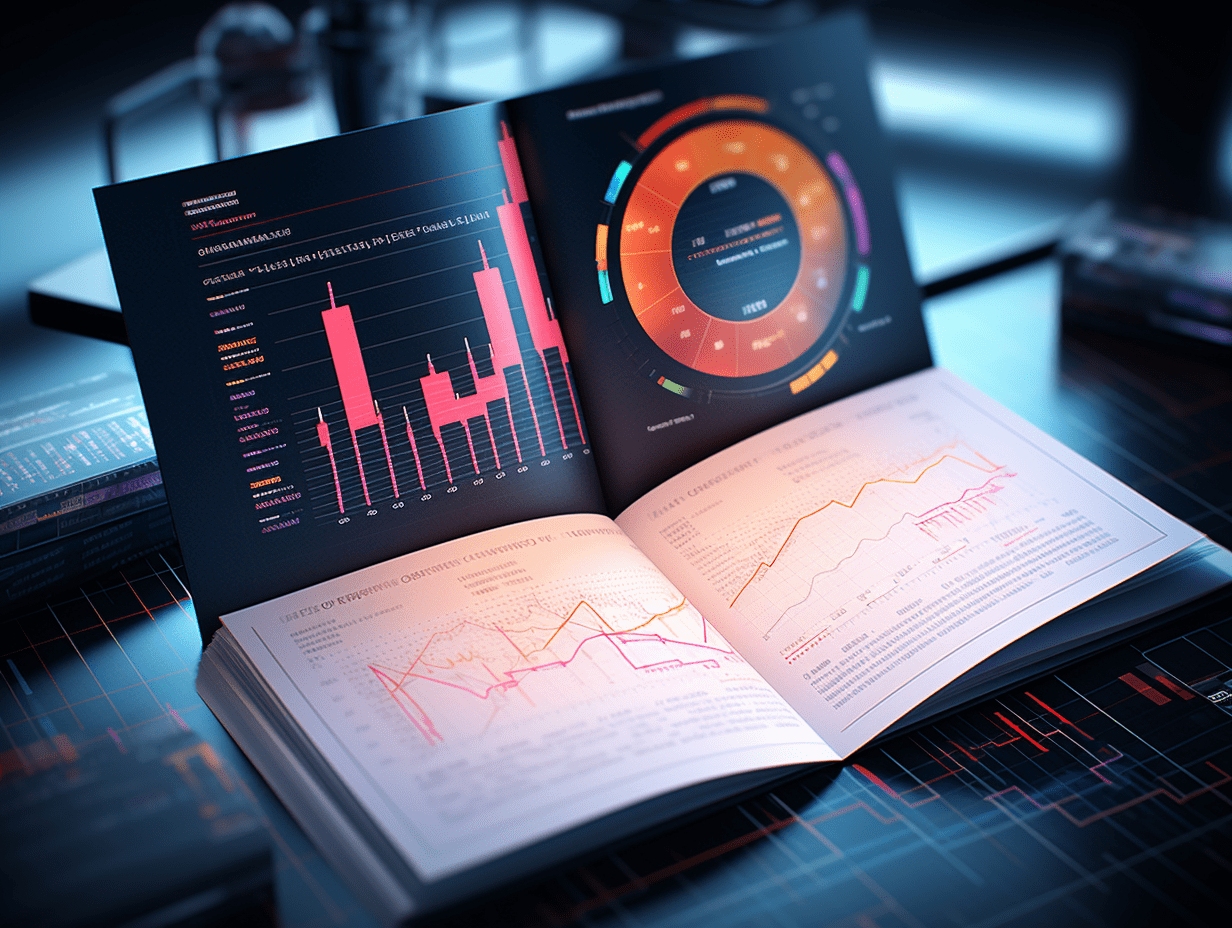
Sinolink: Lithium battery production fulfills high expectations, negative electrode raw materials prices rise.
Sinolink released a research report stating that from January to February 2025, the pre-production accumulation of lithium carbonate/battery/anode/cathode/separators/electrolytes is expected to increase by 54%-122% year-on-year, with the battery and electrolyte segments exceeding 120% year-on-year in February. The rest of the segments are expected to increase by over 60% year-on-year, meeting expectations for a high business climate in the first quarter of 2025. The high business climate is mainly due to low lithium battery inventory levels, increased policy support for electric vehicles since the end of 2024, and increased demand for energy storage in China, the U.S., and Europe.
Some key points from Sinolink:
Key Industry Changes this month
1) Lithium Batteries: As of February 20, lithium carbonate was priced at 76,000 yuan/ton, down 0.9% from the previous month; lithium hydroxide was priced at 70,000 yuan/ton, down 0.1% from the previous month.
2) Electric Vehicles: In January 2025, wholesale sales of new energy passenger vehicles in China reached 889,000 units, up 27.1% year-on-year but down 41.2% month-on-month.
Market Review
Since February 2025, except for new energy vehicles and lithium mines, most sectors related to lithium batteries have outperformed the Shanghai and Shenzhen 300 and Shanghai 50 indexes. In February, the monthly turnover of most sectors related to lithium batteries remained stable or slightly increased compared to the previous month. Most sectors related to lithium batteries have historically high valuation positions, with the market holding an optimistic outlook; sectors such as lithium mines, separators, and electrolytes are at relatively historical lows, presenting opportunities for valuation recovery in the future.
Special Research Topic this month
The smart wearable battery industry is experiencing a moment of volume and profit growth with the accelerated application of models such as DeepSeek to drive AI terminal localization penetration. The demand for smart wearable devices is expected to continue growing, with the value of individual device batteries expected to increase along with performance requirements such as endurance and light weight. The market size of smart wearable battery cores is expected to reach 15.6 billion yuan in 2025 and 24.7 billion yuan in 2028, with a CAGR of 15%. Under the trend of simultaneous increase in quantity and price along the industrial chain, it is recommended to focus on consumer battery companies that implement large customer strategies and benefit from the volume increase of AI glasses from META and Xiaomi, as well as leading materials such as high-nickel cathodes and silicon-carbon anodes.
Insights into the Industry this month
New Energy Vehicles: January 2025 slightly exceeded expectations, with sales in Europe showing signs of recovery. In January 2025, the sales of new energy vehicles in China/Europe's top ten countries/the U.S. were 889,000/182,000/115,000 units respectively, up by 28%/26%/9% year-on-year, with penetration rates of 42%/24%/10% respectively. Sales growth in Europe's top ten countries exceeded expectations, possibly due to avoiding penalties for European carbon emission regulations. U.S. sales of new energy vehicles in January were slightly weak, mainly due to a decline in Tesla's sales in the U.S. The domestic sales of new energy vehicles in China in January met expectations.
Energy Storage: China Energy Storage Association (CNESA) released data on energy storage for 2024, showing a slowing decline in prices and a high increase in installations year-on-year. In 2024, China added 109.8 GWh of energy storage installations, up 136% year-on-year, with Xinjiang and Inner Mongolia having the largest installation scales. The rate of price decline for energy storage systems in 2024 slowed to 0.63 yuan/Wh, down 43% year-on-year. In 2024, large orders for energy storage projects reached 150 GWh, with Europe/North America/East Asia accounting for 31%/20%/10% respectively, making them the main markets for offshore installations.
Tracking Lithium Battery Production: Month-on-month changes in February were -10%-2%, with year-on-year growth of 67%-140%, meeting high expectations for business conditions. From January to February 2025, the cumulative pre-production of lithium carbonate/battery/anode/cathode/separators/electrolytes is expected to increase by 54%-122% year-on-year, with the battery and electrolyte segments exceeding 120% year-on-year in February. The rest of the segments are expected to increase by over 60% year-on-year, meeting expectations for a high business climate in the first quarter of 2025. The high business climate is mainly due to low lithium battery inventory levels, increased policy support for electric vehicles since the end of 2024, and increased demand for energy storage in China, the U.S., and Europe.
Lithium Battery Prices: The prices of raw materials for cathodes have increased by 30%-70% this year, and the industry needs to actively follow price trends. Since the beginning of 2025, the prices of raw materials for lithium battery cathodes such as low-sulfur petroleum coke and needle coke have increased by up to 30%-70%, mainly due to the rising price of raw oil, reduced production due to refinery maintenance, and reduced imports. Petroleum coke is a key material for cathodes, and according to Longzhong Information, the increase in petroleum coke prices has put pressure on the cost of cathode materials, while cathode prices remain at the bottom and profit margins are limited, requiring the industry to actively follow price trends.
Investment Recommendations
In 2025, the lithium battery sector is expected to benefit from a high business climate and new technologies, and is likely to usher in a BETA-level market. From a cyclical perspective, attention should be paid to overseas capital expansion, price increases in niche sectors, and the best configuration strategy is to focus on leading companies in specific fields. From a growth perspective, new technologies such as solid-state batteries are promising, and recommendations include Contemporary Amperex Technology (300750.SZ), Eve Energy Co., Ltd. (300014.SZ), Shenzhen Kedali Industry (002850.SZ), and Jiangsu Azure Corporation (002245.SZ) among others.
Risk Warning
Risks include lower-than-expected demand for new energy vehicles and energy storage, as well as policy sanctions from Europe and the U.S.
RECOMMEND
©️2013 - 2025 GMT EIGHT Holdings. All Rights Reserved.
Contact: contact@gmteight.com


